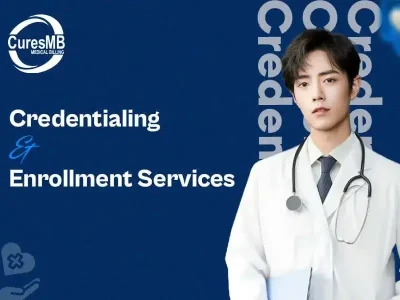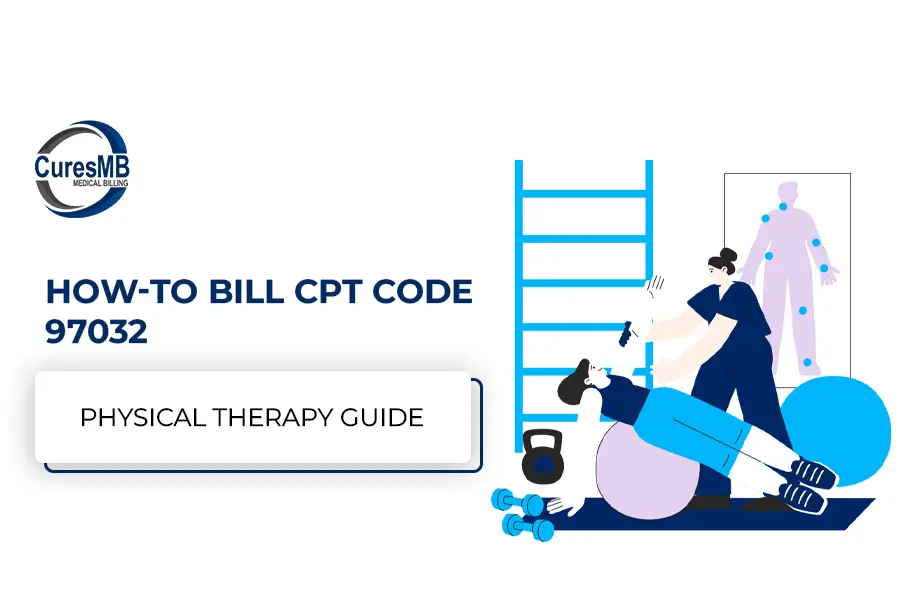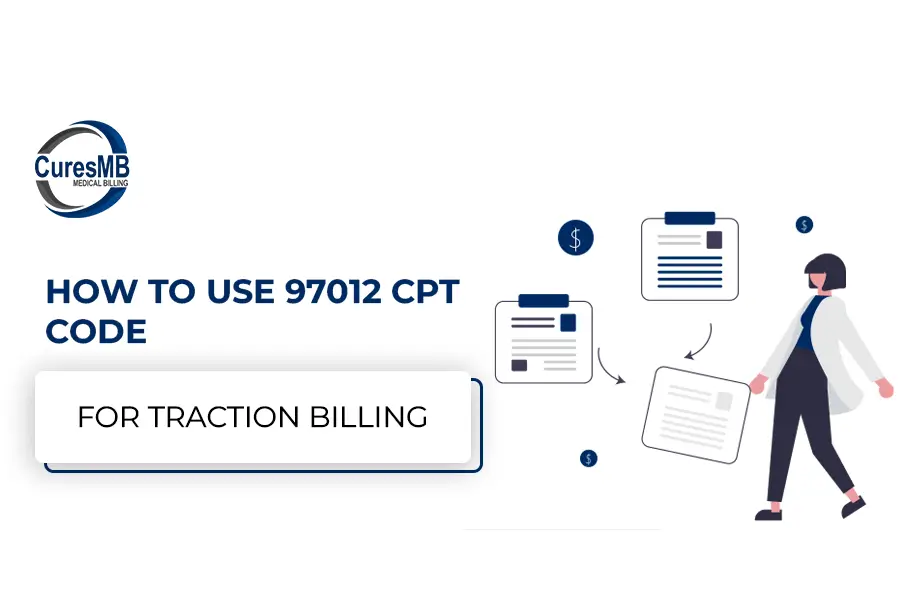
Revenue Cycle Management (RCM) in healthcare refers to the way of tracking patient care occurrences from registration and appointment schedule to the very last amount of a balance. It’s the backbone of financial operations for healthcare providers, ensuring that hospitals, clinics, and practices receive well-timed bills for the services they provide.
RCM integrates the executive and medical features of healthcare, making use of clinical billing software programs and workflows to track patient facts, medication plans, and bills. This whole cycle is designed to hold economic balance and avoid any delays or loss in revenue because of flawed billing or incomplete claims.
The primary motive of RCM is to streamline and automate the healthcare rate method, minimizing mistakes and ensuring that healthcare companies get hold of charge for offerings rendered. This includes dealing with claims processing, payment collection, and addressing denials to ensure a clean financial workflow. By efficaciously coping with the revenue cycle, healthcare corporations can awareness extra on affected person care and much less on economic issues.
RCM is important in healthcare as it without delay impacts the financial health of medical practices and hospitals. Efficient RCM ensures that carriers are reimbursed on time and correctly for his or her services. Without proper revenue cycle management, healthcare organizations might also face full-size financial stress, which can cause operational decreases or even closures.
It also improves patient pride by ensuring that medical billing is transparent and errors are minimized. Patients recognize clear verbal exchange regarding their insurance, co-pays, and bills, which RCM can facilitate.
Revenue cycle management in healthcare includes many critical steps that begin earlier than the patient walks through the entry and preserve till the very last charge is received. Here’s a breakdown of the main steps:
Our goal is to streamline your healthcare revenue cycle management, give you the financial freedom your practice deserves, and take control with a partner specializing in provider RCM optimization and services excellence.
Access essential company data with a simple click through the 'Download Company Info' feature.
Outsourcing RCM services can substantially benefit healthcare organizations, particularly smaller clinics or practices that can lack the sources to deal with billing complexities in-residence. RCM offerings offer information in dealing with the entire revenue cycle, from claim submission to charge follow-up, ensuring that each step is executed effectively.
Using RCM services reduces the administrative burden on healthcare carriers, allowing them to concentrate greater on affected person care. It additionally minimizes the danger of billing mistakes and delays, enhancing the general financial health of the organization.
By minimizing billing mistakes, decreasing claim denials, and making sure timely payments, a well-managed RCM application can growth a provider’s revenue.
Healthcare group of workers can cognizance greater on patient care and less on coping with budget, as RCM experts handle the complexities of billing, claims, and collections.
An organized billing procedure with clean communication leads to higher patient satisfaction. Transparent billing practices make sure that patients apprehend their financial obligations, which reduces confusion and frustration.
RCM specialists live up-to-date with the state-of-the-art healthcare policies and compliance standards, reducing the risk of prison troubles and ensuring that says are processed in step with cutting-edge policies.
By fast addressing denied claims and resubmitting them with correct statistics, RCM offerings can drastically reduce the loss.
Many RCM offerings offer certain economic reports and analytics, providing insights into the professional enterprise’s financial capability and helping pick out areas for development.
Revenue cycle management in healthcare plays an important role in preserving the financial health of healthcare corporations. From making sure well-timed bills to decreasing administrative burdens, RCM is essential for the easy functioning of healthcare facilities. With an efficient RCM technique in locale, healthcare companies can focus more on what surely topics—handing over pleasant affected person care. If your agency is suffering from handling billing or fee problems, bear in mind investing in expert RCM offerings to streamline operations and secure your economic destiny.
Discover Cures Medical Billing Services Across Different States
FL
NY
ML
CO
NJ
AZ
TX
CA
WA
We are a team of national medical billing service experts based in Astoria, NY, committed to providing ongoing value to our customers. We leverage technology and implement best practices to provide high-quality and cost-efficient medical billing solutions from domestic locations, enabling customers to achieve their business goals. Cures Medical Billing is the best option for any medical billing needs.
Medical billing around Astoria, NY, and beyond is our core competency and our specialists will efficiently manage all your billing needs. Our medical billing specialists have over 12 Plus years of experience with all security technologies to ensure data integrity for our customers. Using our medical billing service, anyone can make their medical billing task less resource-consuming.
Health services billing effortlessly with Cures MB. Our skilled professionals are dedicated to ensuring financial success through transparent and secure practices. Trust Cures MB for precise and careful handling of all your billing needs.

Cures Medical Billing play a crucial role in supporting healthcare providers by handling administrative tasks such as credentialing and enrollment. These...

Patient insurance eligibility verification is a fundamental step in ensuring a smooth and efficient revenue cycle for healthcare providers. Verifying insurance...

Prior-authorization process in healthcare is a crucial step to ensure that medical procedures are covered by a patient’s insurance. It involves...

CuresMB ensures you can get professional denial management solutions suited to your region’s requirements. Regardless of the size of your healthcare...

our compelling accounts receivable solutions, you can streamline your billing and collections procedures. Our staff uses cutting-edge methods and technology to...

Cures Medical Billing provides all-inclusive patient billing and revenue cycle management services for healthcare facilities. Cures Medical Billing service aims to...
Discover unparalleled efficiency and precision in healthcare financial management with Cures Medical Billing Solutions.


